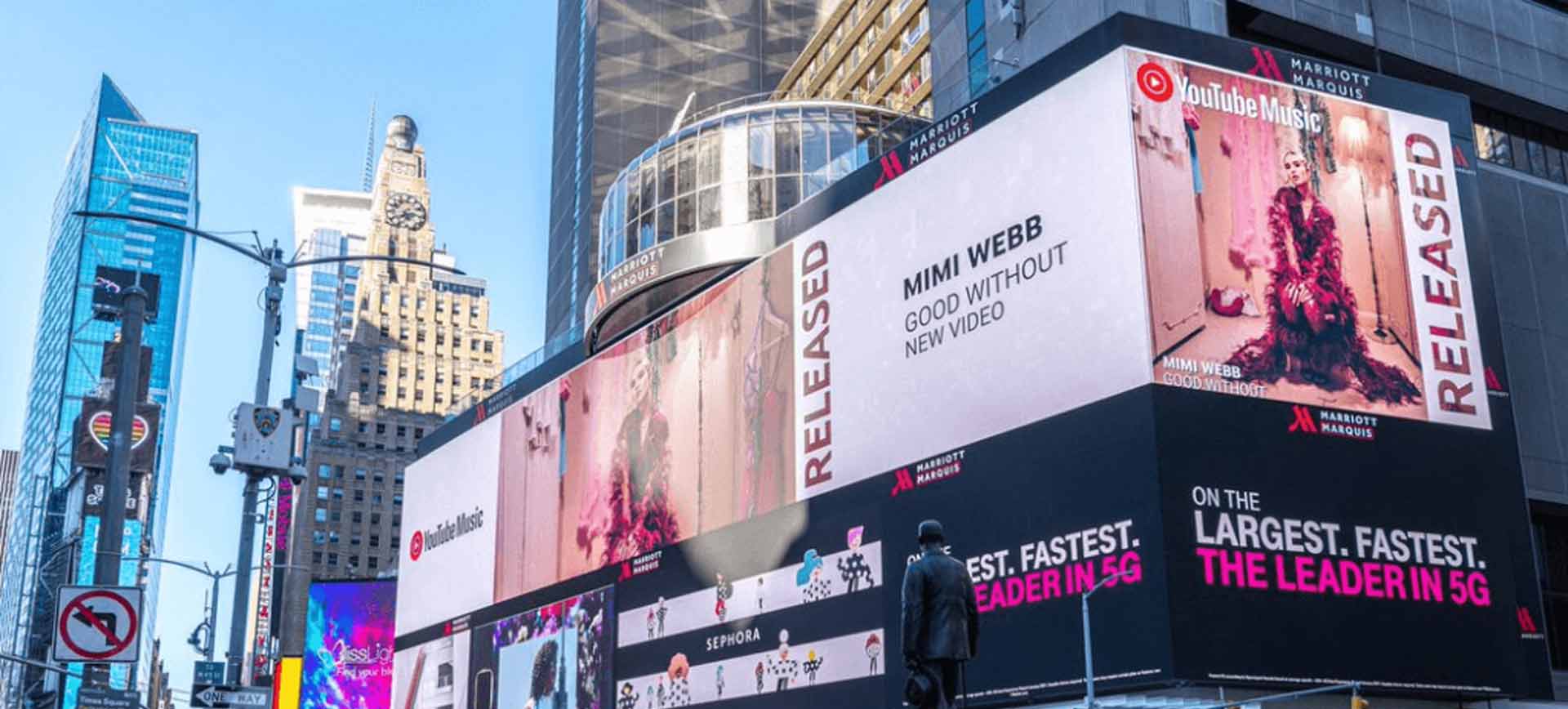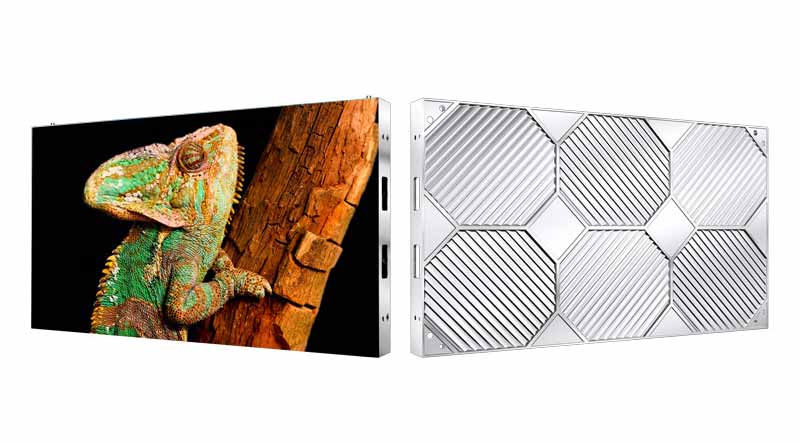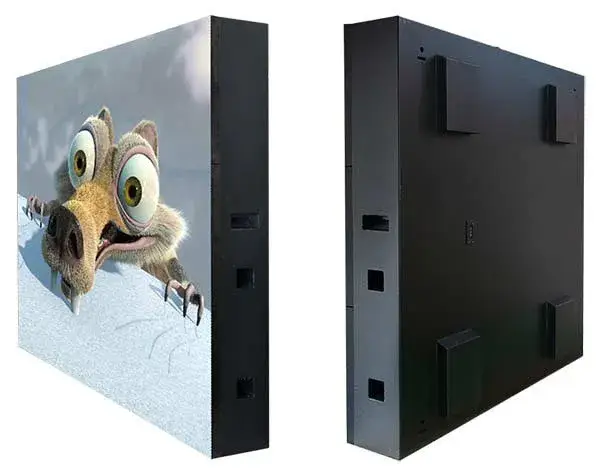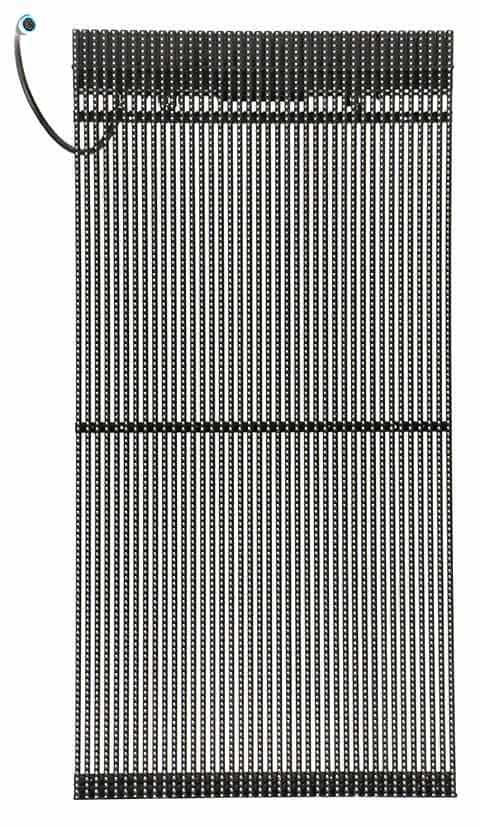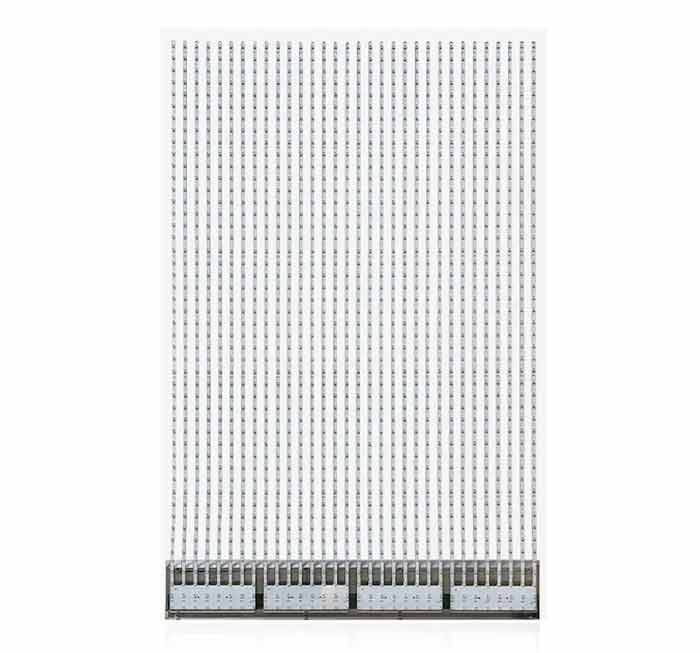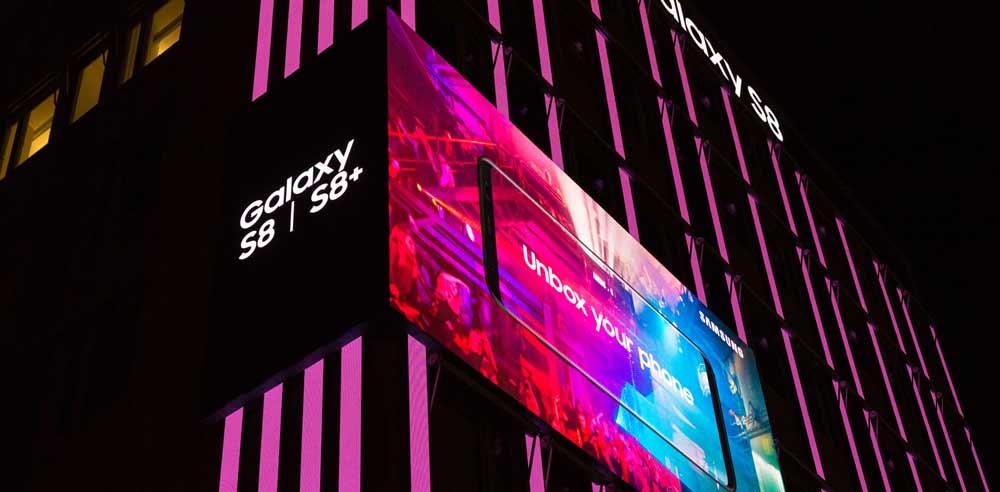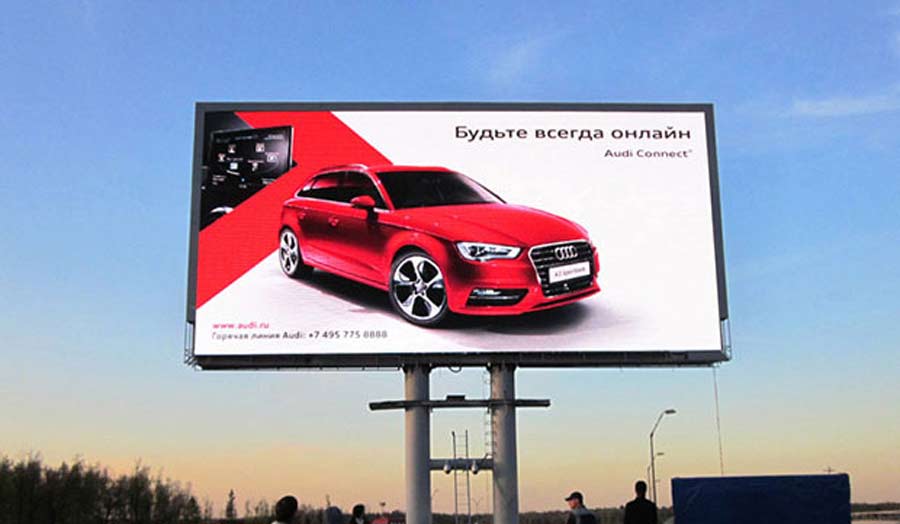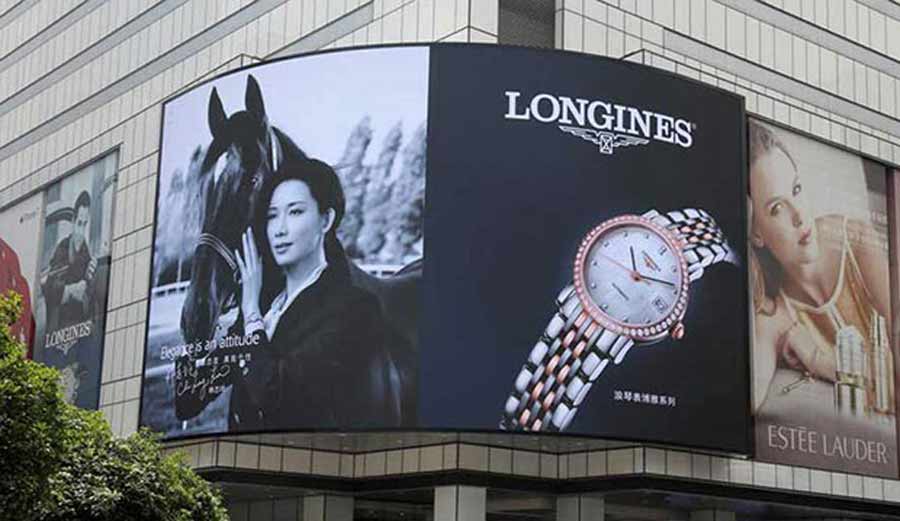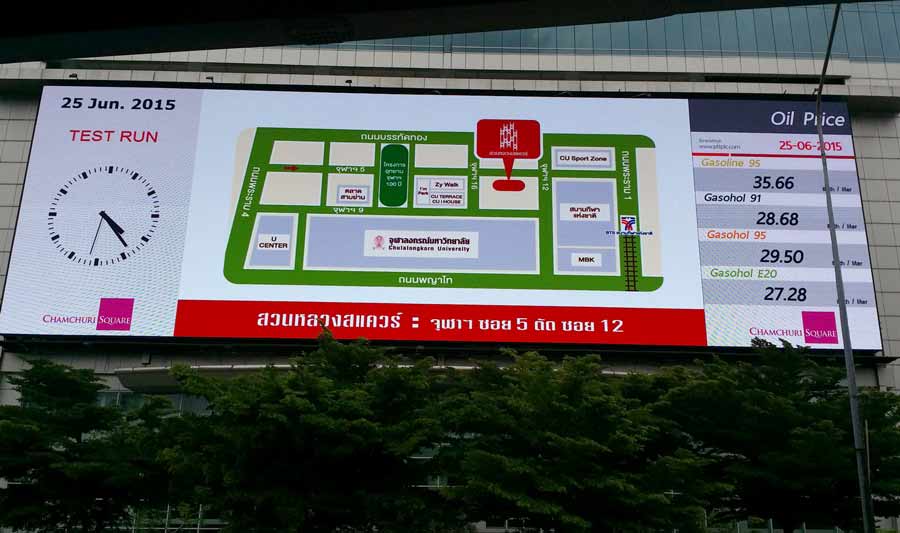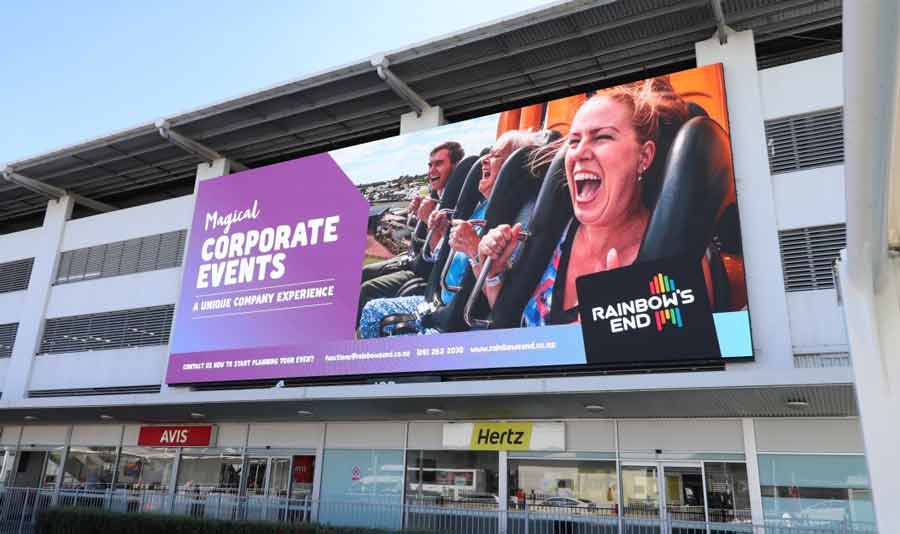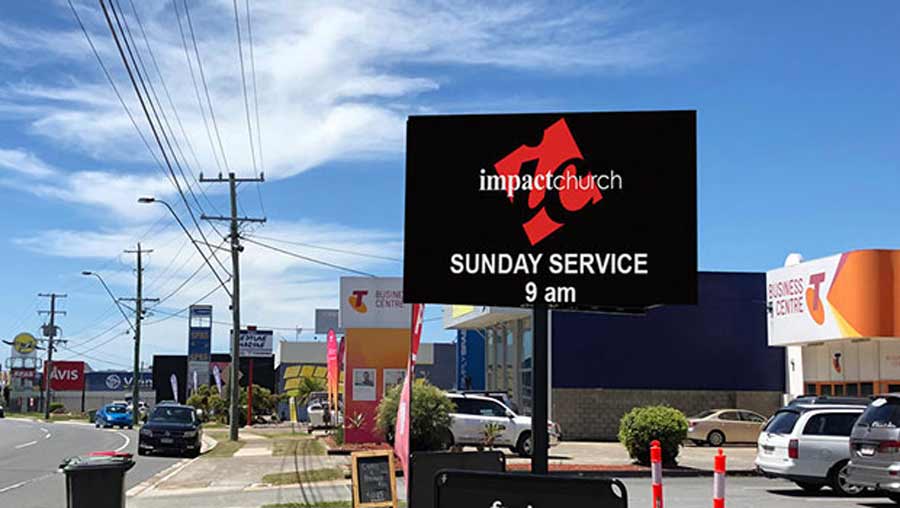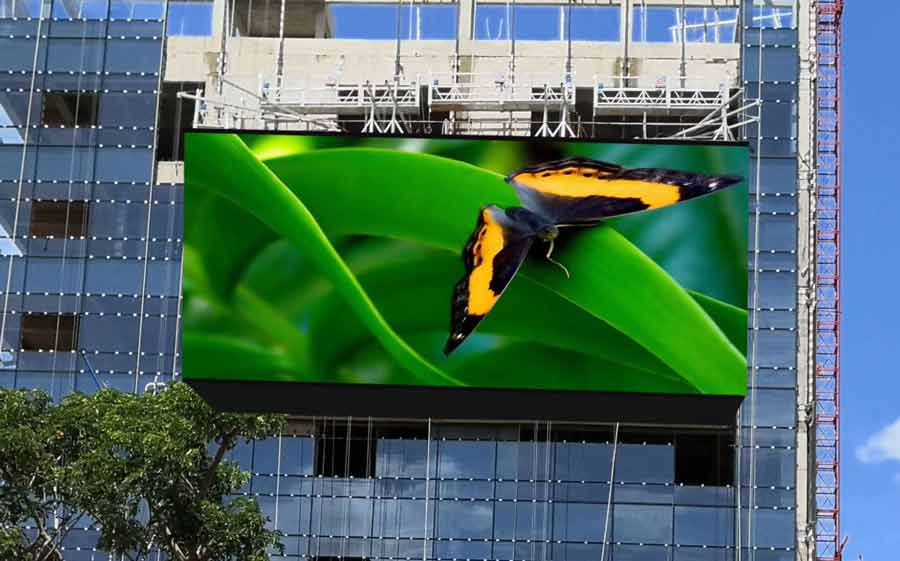Ultimate Guide for LED Advertising Screen
The advent of the digital age has arrived and its impact is expanding and becoming more extensive. Due to this reason, an increasing number of LED display firms and commercial advertising agencies are allocating funds towards digital LED advertising screens in prominent locations. Times Square in New York, Leicester Square in London, and central Tokyo have become iconic symbols and proof of the effectiveness of strategically positioned and engaging outdoor LED billboard advertising.
Cinstar outdoor advertising LED display is designed to deliver captivating visual presentations and high-quality advertisement displays that effortlessly capture the attention of spectators. By strategically leveraging prime geographic positioning, the most advanced LED advertising screen technology, expertly crafted creative design, and engaging interactive software, both the infrastructure and the sponsor will benefit from the rewards of capturing the attention of countless individuals on a daily basis.
In this article, we will guide you through the key factors to consider when evaluating outdoor advertising LED advertising . It could provide you with a helpful tip or some inspiration for your advertising business.
Chapter 1 What is LED Advertising Screen?
LED advertising screen also known as LED advertising display, commercial LED screen or LED billboard advertising, which is a sizable electronic display board consisting of light-emitting diodes (LEDs). It is applied to show text, graphics, videos, or other multimedia information for advertising and brand promotion etc. From the aspect of installation environment, it can be divided into indoor advertising LED screen and outdoor LED advertising screen. Thanks to fast developing LED display technology and cost reduction, LED advertising board is now getting more accepted and occupying larger market share of the outdoor commercial advertising industry.
Chapter 2 The Advantages of LED Advertising Display
Due to the fast advancement of LED display technology and the decrease in purchasing cost, commercial LED advertising screens have become a popular choice for brand promotion and advertisement campaigns. Discover the distinctive advantages that LED advertising screens offer in comparison to traditional print advertising.
A Diverse Range of Advertisement Content
The LED advertising screen, operating as a digital display billboard, has the capability to showcase a wide range of advertisement contents including text, images, videos, TV signals, and camera feeds. The entire LED advertising display can be divided into multiple sections to exhibit distinct contents. The potential commercial value of this advertising site might be significantly increased.
Improved Advertising Quality and Broadened Reach
The use of commercial LED advertising display enhances visibility and leaves a lasting impression on potential customers. The LED advertising display screen boasts excellent brightness and vibrant colors, enhancing the quality of the advertisement content and creating a powerful visual impact on passersby. Expanding customer reach and enhancing brand promotion.
Intelligent Management System
LED advertising screen management software allows for the automatic scheduling and uploading of dozens or even hundreds of ad campaigns. It is possible to modify the sequence and duration of each advertisement. This significantly enhances the speed at which you can achieve a return on your investment.
Much Durable and Cost Effective
Thanks to the advanced and matured LED technology, the lifetime of LED advertising screens can now exceed 100,000 hours. Our outdoor LED advertising screen is designed to withstand even the most severe weather conditions, ensuring excellent stability and performance. However, the outdoor print advertisement needs to be replaced quite frequently. The LED advertising screen is cost-effective as well as profitable in the long term.
Cinstar offers a wide range of products for both indoor and outdoor commercial advertising. Our LED advertising screens could be tailored to fit various installation styles, such as V-shaped, curved, or any other desired designs.
Chapter 3 Applications of Advertising LED Display Screen
Currently, LED display screens have become an integral part of our daily lives, decorating our cities with vibrant and brilliant visuals. The LED advertising display is a versatile industrial product that can be tailored to suit various purposes according to the particular installation location. The following are the main applications of outdoor advertising LED displays.
Outdoor Commercial LED Advertising
The primary purpose of LED billboard advertising screen is to display advertisements and generate revenues by using the natural benefits of LED technology. LED advertising display screens can be observed on the façade of shopping malls, the tops of buildings, major highways, and even bus stations. These locations are chosen because they attract large crowds and offer optimal visibility for the outdoor advertising LED screens.
Information Transmission Window
The LED display screen offers limitless possibilities in terms of dimension and resolution, thanks to its innovative modular design. It is common to see large LED billboard advertising screen at stock exchanges, airports, train stations, and bus stations. These Advertising LED displays provide real-time data feedback and serve as information display windows. Additionally, these locations are also ideal for showcasing commercial advertisements. Advertising thrives in the presence of a crowd.
Promote Brand and Improve Business Image
LED display screens have found wide applications in various industries, including real estate, amusement parks, holiday villages, and corporate showrooms. In contrast to typical commercial advertising, LED display screens in these locations primarily serve to showcase corporate videos, product or program presentations, and internal facilities. The goal is to promote their own brand or services.
The LED display screen has a broad range of applications in several fields. It can be used whenever a large LED video screen is required. Ultimately, the LED advertising screen remains classified as a billboard monitor and has the potential to get somewhat massive if necessary.
Chapter 4 How to Control LED Advertising Screen?
LED advertising screens can be controlled in two ways: synchronous control and asynchronous control, based on the manners of signal transmission. Here is the differences between them.
Synchronous Controlling
Synchronous control refers to the capability of an LED advertising display board to show text, images, or videos from a controlling computer or other input devices such as TV signals, cameras, or VCRs. For real-time signal transmission, it is necessary to maintain a constant connection between the LED advertising screen and the controlling computer or video processor. In the event of a connection failure, the commercial LED advertising screen will be unable to receive the signal and will not display any content.
Synchronous control is extensively employed in commercial LED advertising screens, rental LED displays, sports LED displays, and other large-format LED displays.
Asynchronous controlling
Asynchronous controlling LED advertising screen has the capability to operate autonomously and does not require a constant connection to a controlling computer that is necessary only for the purpose of editing the advertisement content. The advertisement content will be transmitted to the control card inside the LED advertising screen implementing various means of data transmission, such as a UTP cat5 cable, USB drive, WiFi connection, 4G wireless, or other methods. Upon successful transmission of the data to the control card, it will be stored on its memory card. Subsequently, you have the option to sever the connection. The control card will continue to show the videos and graphics until you manually deactivate it.
Asynchronous control is most suitable for installations when the controlling computer is located far away from commercial LED screen or where it is difficult to do the necessary wiring at the installation place. This control approach is typically employed for small size LED display screens, LED displays on roadsides, or outdoor advertising LED displays.
Chapter 5 What to Consider When Buying Commercial Advertising LED Screen
If you operate as an importer in your local market, you have the option to simply procure the LED advertising screen as per your client's specific need. However, if you are a newcomer seeking to acquire an LED screen for the purpose of operating your own advertising business. Here are some suggestions for you to take into consideration.
Sophisticated Market Research
A list of the appropriate industry information should be residing in your mind. For instance, the number of advertising companies in the market, the quantity of LED advertising screens they possess, the locations of their LED billboard displays, and the pixel pitch and dimensions of their screens. By understanding the different types of LED advertising displays, you can determine which one is most suitable for your business.
In addition, it is important to determine the price that advertisers are willing to pay for the campaign. It is also advisable to assess your current client base and make predictions about the potential increase in clients once you have your LED billboard advertising screen. By understanding the quality of LED advertising screens and its return on investment, you can make thoughtful choices about your expectations and cost recovery. If the business is proven to be effective, then it's ready to proceed.
Installation License and Permit
Whether you're an importer or an end user, the progress of your installation permit application can have a significant impact on your entire purchasing process, particularly for outdoor LED display screen installations. Once you have obtained the required permit, you will be able to purchase the LED advertising display. Otherwise, if you've made a purchase, it can only be stored in your warehouse. If you choose to install it without the necessary permit, there is a possibility that the government may take action to have it removed.
For example, if you're considering installing an LED advertising screen on a building's facade facing the road. It is important to obtain permission from the building owner before proceeding, followed by obtaining the necessary permit from your community. Finally, the permit from the Roads Administration or a similar department may be obtained. Policies regarding permits vary across different regions and countries.
It is important for you to determine the status of the permit and crucial to ensure that the purchasing is done only when the permit is ready or nearly completion. Otherwise, all your efforts may go to waste.

